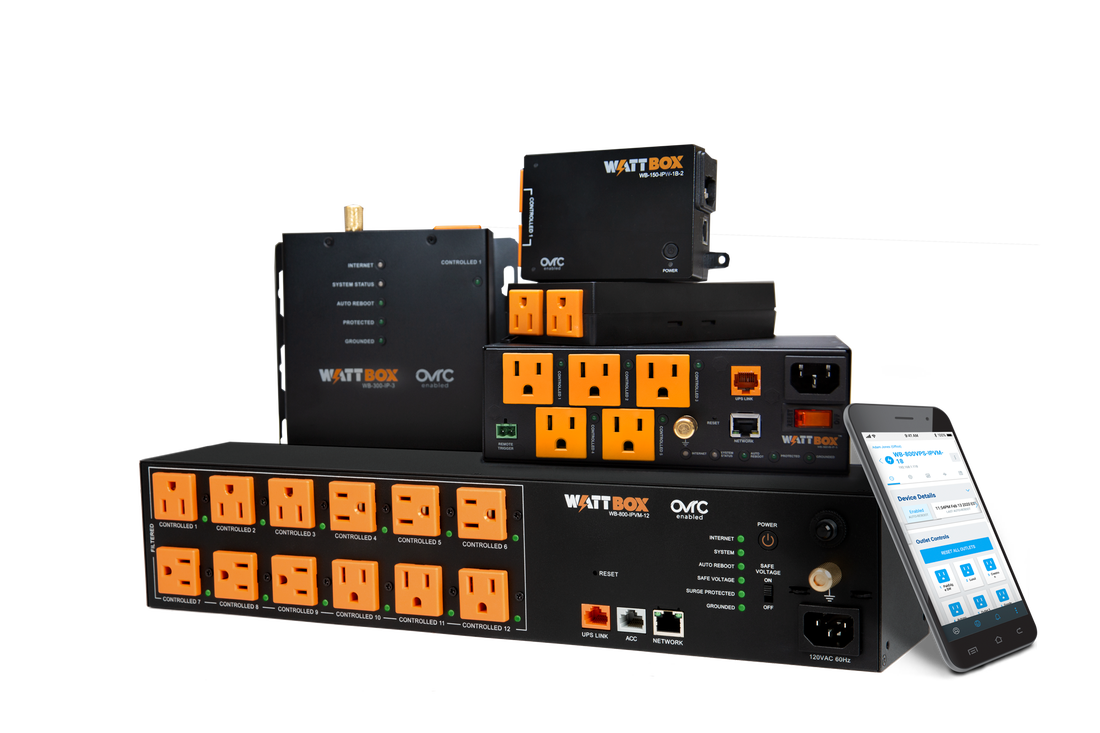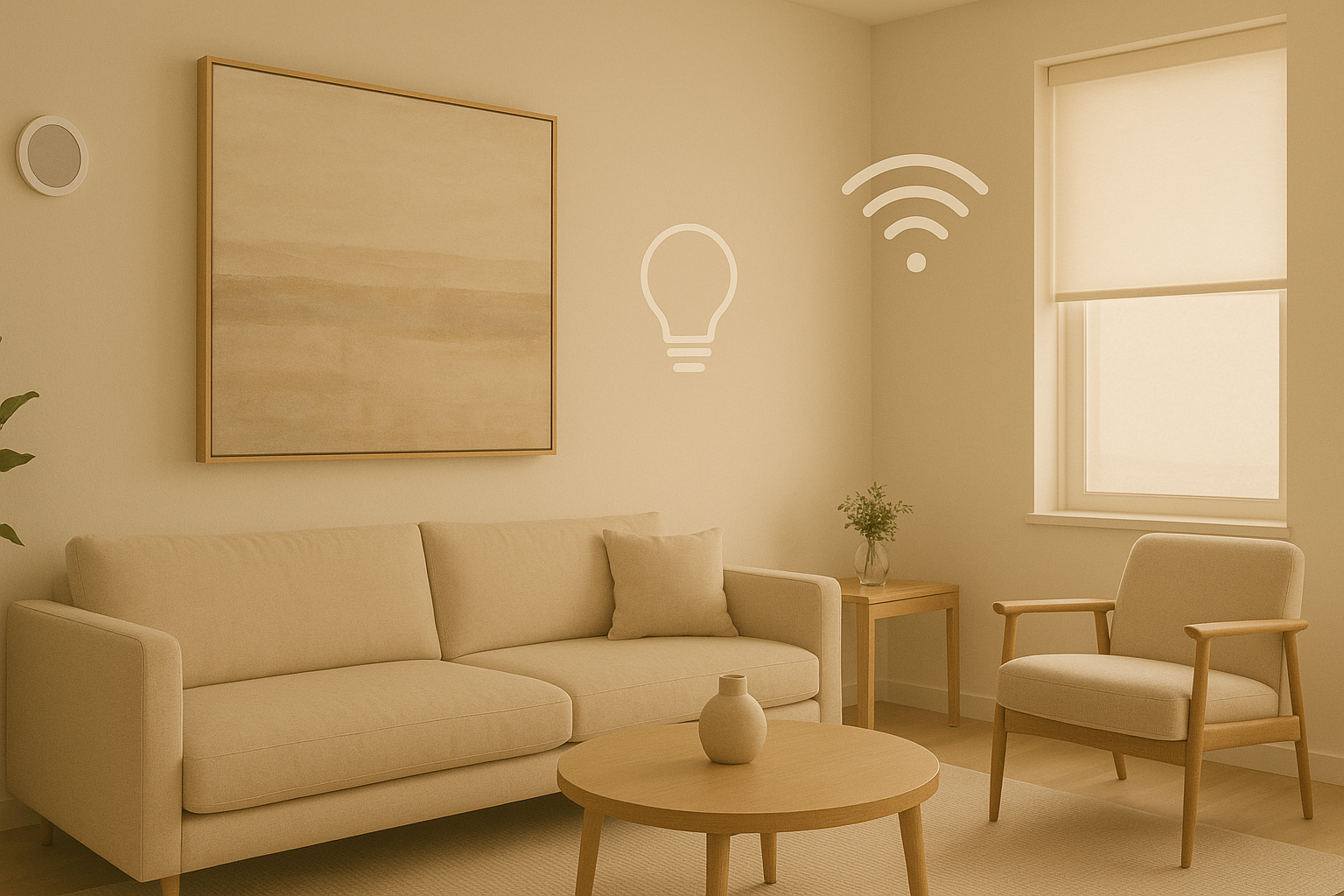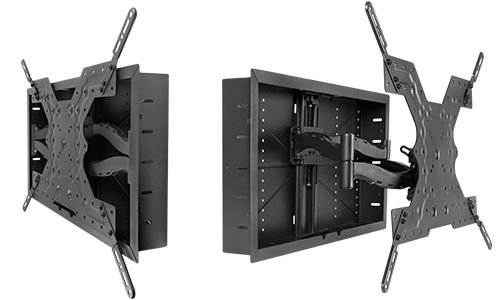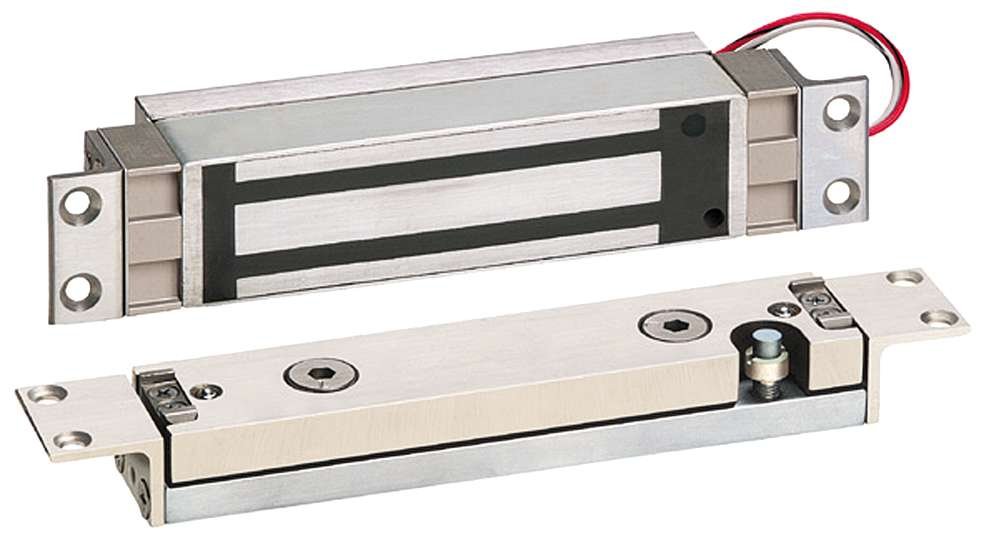In today’s tech-savvy world, home automation systems have gained immense popularity, offering homeowners an unprecedented level of convenience, comfort, and energy efficiency. From smart lighting and thermostats to security systems and entertainment setups, these automated systems elevate the overall living experience. However, amidst the excitement of setting up these smart devices, we often overlook a crucial element: the importance of power distribution. It’s the backbone of your entire system, ensuring that every device functions optimally and safely.
The Importance of Power Distribution
- Ensuring a Stable Power Supply
When setting up your home automation system, it’s essential to ensure a stable power supply for all your devices. This means considering factors such as voltage requirements, power ratings, and the number of devices connected to the system. By distributing power effectively, you can prevent power fluctuations, voltage drops, or surges that could disrupt the functionality of your smart devices. Imagine the frustration of a smart thermostat failing to control the temperature or a security camera going offline due to inadequate power supply. Proper power distribution helps eliminate these issues, allowing your devices to operate smoothly.
- Managing Power Loads Efficiently
Managing power loads efficiently is another crucial aspect of power distribution. Each device connected to your home automation system has its power requirements. Overloading circuits can lead to overheating, tripped breakers, or even electrical hazards. To avoid these problems, it’s important to distribute power evenly across circuits and use appropriate circuit breakers. This ensures that each device receives the necessary power without overloading the system. By paying attention to power loads, you can maintain a safe and reliable environment for your automation system.
- Supporting Multiple Devices Seamlessly
Modern home automation systems often involve multiple smart devices, such as smart speakers, cameras, appliances, and HVAC controls. Each device requires a dedicated power source, and as you add more devices, the complexity of power distribution increases. An efficient power distribution system ensures that all your devices receive adequate power simultaneously, eliminating the risk of power shortages or straining your electrical system. This enables seamless integration and operation of multiple devices within your home automation ecosystem.
- Improving Energy Efficiency
Power distribution plays a significant role in enhancing the energy efficiency of your home automation system. By implementing smart power management techniques, you can monitor and optimize the power consumption of your devices. For example, using energy monitoring devices allows you to identify power-hungry devices and adjust your usage patterns accordingly. Additionally, integrating intelligent power distribution systems with smart grids or renewable energy sources empowers you to leverage clean energy and reduce your environmental footprint.
- Ensuring Safety and Security
Power distribution is closely intertwined with the safety and security aspects of your home automation system. Effective power management minimizes the risk of electrical hazards, such as short circuits, overloads, or electrical fires. Implementing circuit protection mechanisms like ground fault circuit interrupters (GFCIs) and surge protectors safeguards the system, protecting both your devices and you and your family. Moreover, proper power distribution ensures uninterrupted power supply to critical security components like surveillance cameras, alarm systems, and access controls, guaranteeing the safety and security of your home.
- Scalability and Future-Proofing
A well-designed power distribution system allows for scalability and future-proofing of your home automation setup. As technology continues to evolve, you may want to expand your automation system or incorporate new devices and features. A robust power distribution infrastructure can accommodate these changes without requiring major electrical renovations or compromising the stability of your system. By considering scalability and future power requirements during the initial installation process, you save time, effort, and expenses in the long run.
Power distribution is a crucial aspect of your home automation system that deserves attention. It ensures a stable power supply, manages power loads efficiently, supports multiple devices, enhances energy efficiency, and contributes to the safety and security of your system. By investing in a well-designed power distribution infrastructure, you. A reliable power distribution system ensures that all these devices receive the right amount of power without overloading the system. One system that stands out is WattBox.
The WattBox Difference
WattBox is a leading brand in the power distribution industry, known for its innovative solutions designed specifically for home automation systems. Their products offer a range of features that set them apart from the competition, including remote reboot capabilities, power conditioning, and UPS.
Remote Reboot Capabilities
Imagine this: you’re away from home, and you receive a notification that one of your home automation devices is not functioning correctly. With most power distribution systems, you would have to wait until you get home to reboot the device. But with WattBox, you can do it remotely. This feature not only saves you time but also ensures that your devices are always running smoothly.
Power Conditioning
Power surges and voltage spikes are common issues that can cause severe damage to your devices. WattBox’s power conditioning feature protects your devices from these issues, ensuring they have a steady supply of clean power. This not only improves the performance of your devices but also extends their lifespan.
Uninterruptible Power Supply (UPS)
Another key feature of WattBox is its Uninterruptible Power Supply (UPS) capabilities. A UPS is a device that provides emergency power when the main power source fails. This is crucial for home automation systems, as a power outage can disrupt the functioning of your devices and cause inconveniences. With WattBox’s UPS feature, your devices will continue to function even during a power outage, providing you with peace of mind.
Conclusion
In the world of home automation, power distribution is a critical component that often goes unnoticed. However, with WattBox, power distribution becomes a seamless part of your home automation system. With its innovative features and robust performance, WattBox is the power distribution solution that homeowners with home automation equipment need. Whether you’re looking for a compact solution for a small space or a robust power strip for a full-scale home automation system, WattBox has a model that fits your needs. Call Xssentials and experience the WattBox difference for yourself.



